When disaster hits, you won’t be able to protect home gardens and buy seeds for the next season. Money- and space-wise, it is also impossible to store away decades’ worth of food and water in a way that covers you in all possible situations.
Knowing more about different seed types and how to use them for indoor gardening may be the single choice to avoid famine for your family and future generations.
GMO Seeds
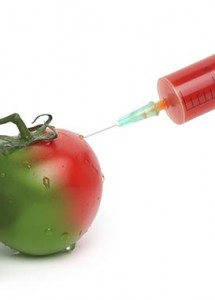
It is important to note that most survival-oriented food production will rely on hydroponics or other forms of indoor gardening. At the current time, GMO seeds are not produced for these applications.
Therefore, without trial and error, it is impossible to determine if seedlings started from GMO seeds will actually produce crops in an indoor garden.
Heirloom Seeds
These seeds have a proven track record for making the same kind of plant and crops from generation to generation. Some varieties have been handed down for hundreds of years. Today, all seeds marked as “Heirloom” must be produced from plants that were open-pollinated. They must also be free of GMO and hybrid pollen.
Most survival gardeners feel that heirloom seeds are best for long term crop production. They are also preferred by indoor gardening, vertical container, and hydroponic gardeners.
You should make sure you can successfully germinate the seeds, and then advance them to seedling and crop stages in any setting of interest before trying to grow them out of necessity.
Hybrid Seeds
This type of seed is made when pollen from one strain of plant is used to pollinate the flowers from a different strain. Hybrids make plants with features from both strains, or even completely new traits.
If you choose compact strains suitable for various levels of humidity, hybrid seeds can be used for hydroponics and indoor gardening.
On the other hand, even if you start working with these seeds now, there is no guarantee that they will germinate and continue to produce plants in the future.
Organic Seeds
Organic seeds are guaranteed to come from plants that were grown using natural methods. While this may include using a number of chemicals and fertilizers, most organic seeds are not treated with synthetic pesticides.
This type of seed is also free of GMO contamination, but may still be a hybrid variety of non-GMO strains.
Other Types of Seeds
As with other types of seeds, you should be able to find suitable seeds for indoor gardening and hydroponics. That said, if you can’t seem to grow plants past the seedling stage, you may need to look at where the seeds come from and determine if you need to make additional adjustments to the growth environment.
When it comes to preparing for complete environmental and social collapse, it is very important to make sure you will have enough food to eat. Rather than simply purchase the first pack of seeds that looks good, it is important to make sure that you know what type of seed you are working with.
It is also very important to successfully grow and harvest several generations of plants in order to make sure that you can achieve the same success in an emergency situation. Needless to say, practicing Aquaponics and indoor gardening methods are just as important as more traditional outdoor forms of growing edible plants. Waiting until your survival is dependent upon their growth is a bad time to find out if you’re any good at alternate growing methods!
Subscribe to our FREE newsletter to receive updates on advantages and disadvantages that different types of seeds have.
Find out more about growing indoor gardens using Aquaponics in Pocket Farm.
This article has been written by Carmela Tyrell for Survivopedia.
Photo source: 123RF.com.


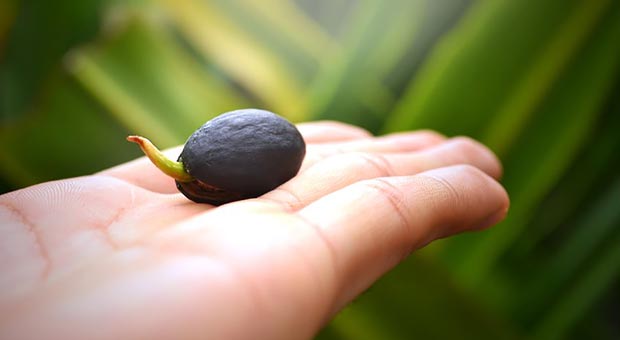
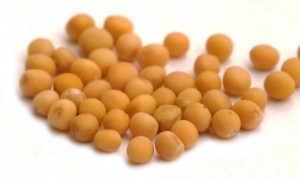
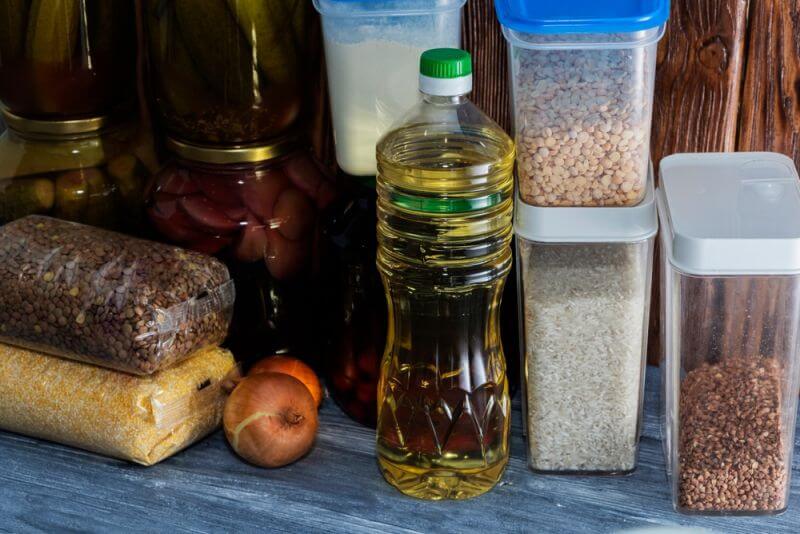
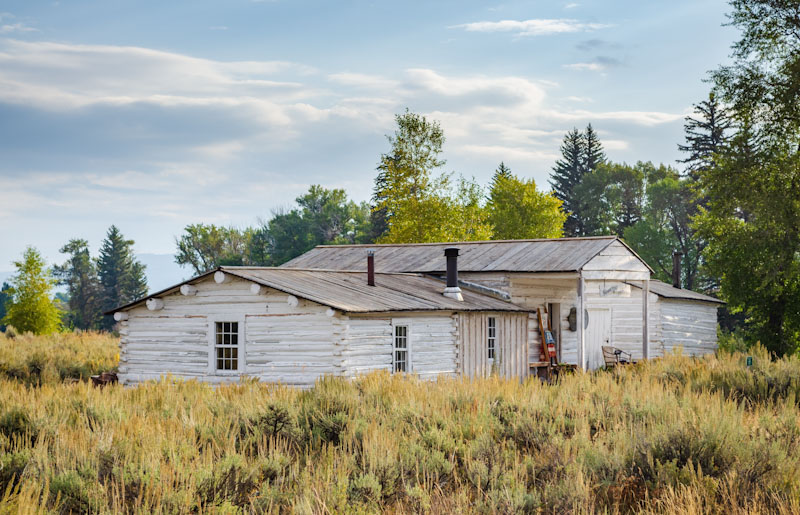

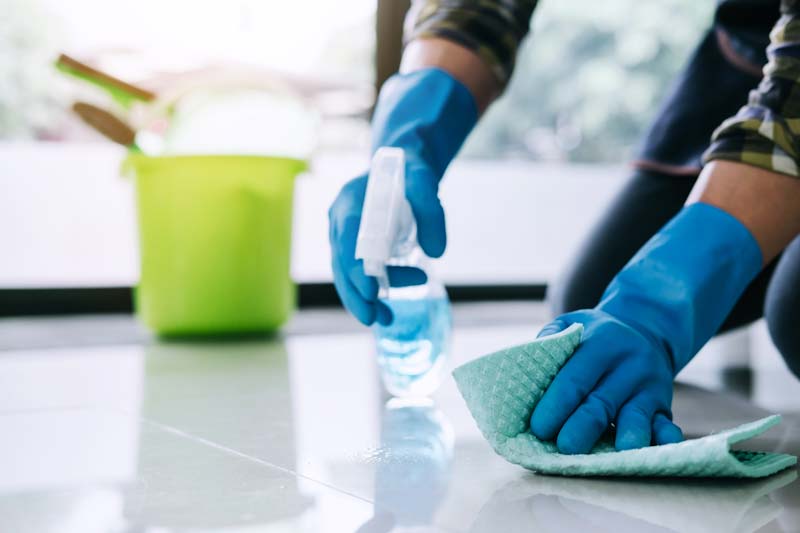

Deez | March 11, 2014
|
You’re talking indoor gardening and hydroponics, how do these plants get their needed minerals and other elements they would get from being grown outdoors? Right now there is such a gap due to pesticides and fertilizers damaging the earth, we aren’t getting what we should be getting in our homegrown foods. Are you implying or suggesting the way of the future is growing our food indoors? Long term or short term, cuz I see this creating more illness due to vitamin and mineral deficiencies which we won’t know how to solve. IMHO
Titus | March 13, 2014
|
Use your food waste and compost to renew the soil and take the roots and plant matter and add that to your compost pile or drum what ever you use.
Deez | March 13, 2014
|
The problem is by not making that connection with the earth, the minerals, metals etc which lie in the earth aren’t drawn into the plants. As humans, we need those trace amounts. You won’t find those in food waste and compost enough for our requirements. Growing as suggested here, may work in a very short term, but just like today with society eating a lot coming from hot houses, hydroponics and where the soils has been stripped either through roundup type stuff. We are already a society of vitamin and mineral deficiencies. Even people need to make that contact with the earth (ground) to even our electrical energies…so too, plants need this too. If you doubt this, think of people who get shocked just by touching a shelf in a store. This is a symptom of the body needing that grounding. Plants can’t tell us that.
Farmer | February 20, 2015
|
Soil mineral depletion is a problem for large ag businesses. Home gardening, if done responsibly, can produce nutritious, at least “mostly” organic foods. I completely agree with Carmela – practice before you need to depend on your growing skills. I have been practicing aquaponics now for about five years. Even set up in a greenhouse, I’ve had problems with tanks freezing, PH levels off, fish dying, and plant disease. Outside gardening has also been a challenge – finding the right plant varieties that will grow in Mississippi clay and the scorching summer temperatures. So, my advice – same as Carmela’s — practice!
Pingback:Types of Seeds for Your Survival Crops | Patriot Rising | March 12, 2014
|
Pingback:Types of Seeds for Your Survival Crops | TheSurvivalPlaceBlog | March 12, 2014
|
Pingback:Odd Uses of Pantyhose for Survival | May 16, 2014
|
Pingback:7 Survival Uses of Pantyhose that You Didn’t Know | TheSurvivalPlaceBlog | May 20, 2014
|
Pingback:How To Start Your Survival Garden Indoors | Survival skills, survival guns, survival guide | October 23, 2014
|
Pingback:Save Your Own Survival Seeds | Survival skills, survival guns, survival guide | November 5, 2014
|
Pingback:7 Survival Uses of Pantyhose that You Didn’t Know - US Crisis PreppersUS Crisis Preppers | February 9, 2015
|
Pingback:4 Edible Plants To Grow Indoors | Survival skills, survival guns, survival guide | May 5, 2015
|
Pingback:4 Edible Plants To Grow Indoors | September 23, 2015
|
Pingback:How To Sun Map Your Garden | Survivopedia | December 31, 2015
|
Pingback:How To Sun Map Your Garden | Prepper's Survival Homestead | December 31, 2015
|
Pingback:How To Sun Map Your Garden | | disasterdefense.us | December 31, 2015
|
Pingback:Prepper Project: 3 Ways To Make Seed Bombs | Prepper's Survival Homestead | May 5, 2016
|
Pingback:Prepper Project: 3 Ways To Make Seed Bombs | Survivopedia | May 6, 2016
|
Pingback:Organic Remedies For Your Spring Garden | Survivopedia | November 28, 2017
|
Pingback:20 Early Spring Edibles: How and When to Grow Them | Survivopedia | April 27, 2018
|